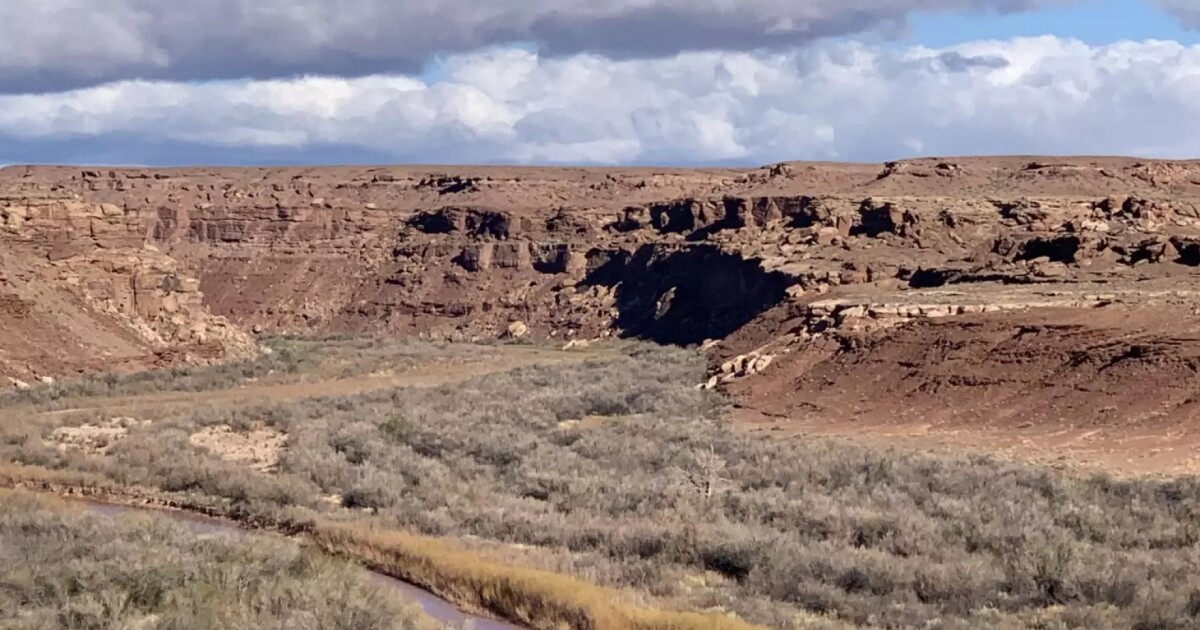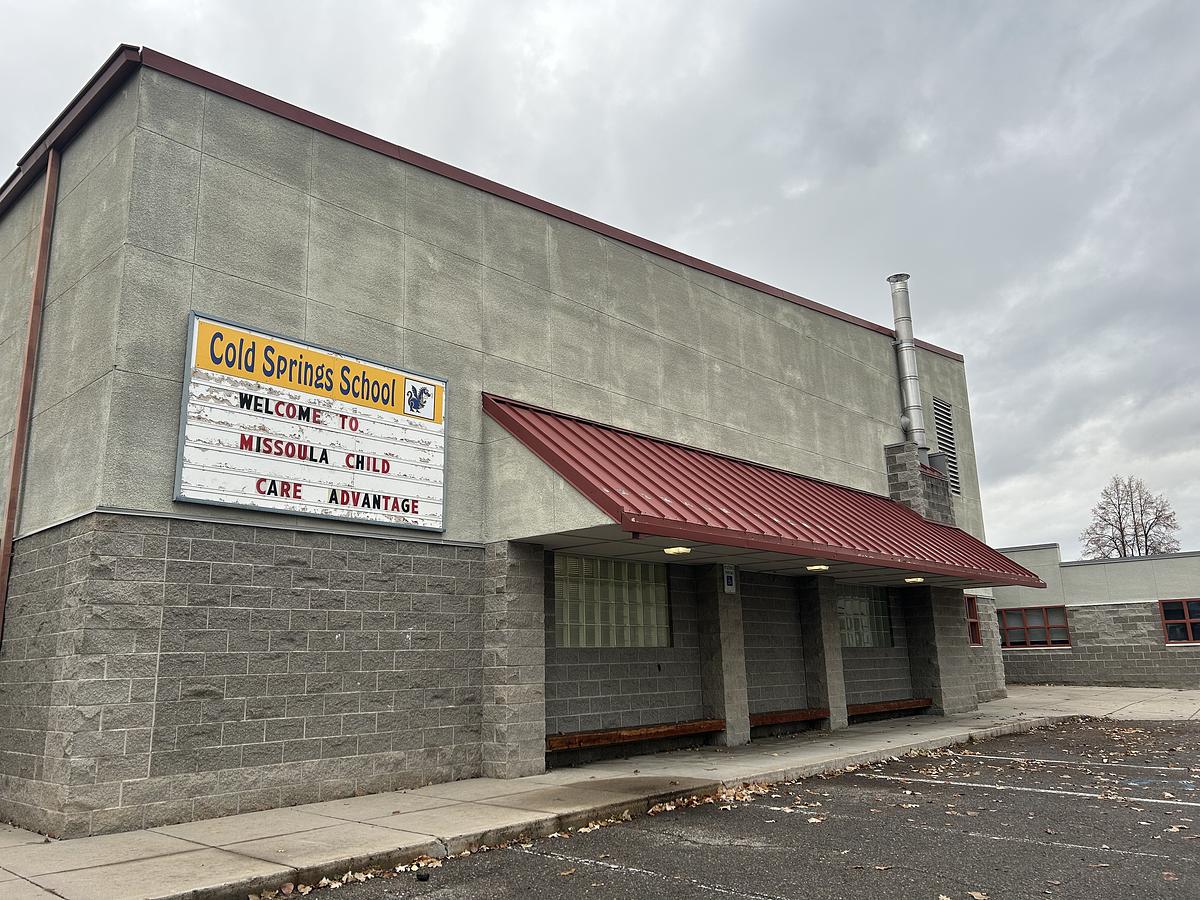The Montana Department of Revenue is reportedly losing track of hundreds of millions of dollars annually due to outdated property data, a study by legislative auditors revealed. The department’s reliance on building permits to track new construction and renovations is failing to accurately update tax rolls, leading to lower tax bills for some property owners and financial shortfalls for public services. This discrepancy results in higher tax burdens for other taxpayers and is a significant concern for local government budgets.
Legislative auditors recommend enhancing the tracking of building permits and utilizing aerial imagery to detect new developments not covered by permits. They also suggest improving the management of in-person property inspections to keep data current and retaining field office staff. Revenue director Brendan Beatty acknowledges these findings, stating that implementing the recommendations may require legislative approval for additional funding.
The study will be discussed during the upcoming Legislative Audit Committee meeting. In Montana, property tax rolls are maintained at the state level as mandated by the 1972 Constitution, unlike other states where counties handle these duties. The department maintains a database of nearly one million properties, accessible to the public via the Montana Cadastral website, which is used to calculate annual tax bills.
New construction is integral to local government funding, but the revenue department’s failure to track development accurately poses a problem. Legislation caps tax collection growth at half the inflation rate, except for new developments. City and county leaders rely on these taxes to manage budget needs amid inflation, including costs like police car fuel and library salaries.
Auditors point out homeowners rarely report renovations that might increase their tax bills. Montana’s varying building permit standards add complexity, especially in rural areas where permits might not be required for single-family homes. Local building officials sometimes hesitate to share permit data, fearing it may discourage permit filings. Without state law mandating data sharing, inconsistencies arise. Auditors estimate the department misses about 14% of new residential construction value annually, potentially reducing tax collections by $8 million.
The total value of Montana’s residential properties was approximately $114 billion in 2023, with taxpayers contributing around $1 billion in property taxes the previous year.
—
Read More Montana News










